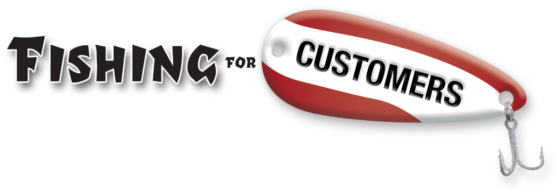Imagine that you’re driving your car through the countryside. The road becomes slightly inclined, and your car begins to slow. You press a bit more firmly on the accelerator, and the car picks up speed again.
But then, you encounter a rather steep hill, and your car rapidly slows. You mash the pedal down, but the car feels sluggish, and takes a while to respond. Fearing a stall, you downshift to a lower gear. The engine picks up speed, the car begins to accelerate, and you successfully ascend the hill.
What happened to your fuel economy during this hill climbing incident? Can we agree that it suffered?
That’s because human beings are not particularly good at recognizing change. Until that change is obvious, we don’t adjust. Then, in order to restore the optimal conditions, we frequently over adjust.
Sometimes operating at peak performance is more a matter of luck than judgment. If only we had a device which would speed our reactions…
Enter the Cruise Control
The driver clicks the “set” button and a small comparator constantly checks the actual velocity against the desired velocity. The slightest change activates the throttle linkage to maintain the set speed without any intervention from the driver.
A good cruise control system aggressively accelerates without overshooting and maintains constant road speed, regardless of the mass of the vehicle, the weight of the passengers, or the road’s degree of incline.
Is Cruise Control a Convenience?
Yes. Yes it is. Cruise control offers convenience. It offers other benefits, too.
Use of such a system:
a) requires less attention of the driver. It requires less intervention by the driver.
b) adds a degree of predictability allowing better planning of rest stops and arrival times.
c) makes the trip less costly by maximizing fuel efficiency in miles per gallon.
Why doesn’t everyone use a cruise control?
Pretty much, we all do. At least when it comes to driving.
It’s advantages are so strong, and so desired by drivers, cruise control systems have become standard on nearly every new automobile.
Why Isn’t Cruise Control Standard in Marketing?
A cruise control for marketing would offer the same advantages to a company.
a) It would necessitate less attention from the “driver” – thus, less of the driver’s intervention.
b) It would allow for greater predictability in planning.
c) It would operate more efficiently, and thus produce higher ROI.
It sounds like a good entrepreneurial idea, doesn’t it – automating customer acquisition, much as an entrepreneur automates every other process in his company?
The answer is a qualified, “yes.”
Seasonal businesses can’t control the seasons. Extravagances will be subject to swings in the economy. Emergent responders can’t predict emergencies. But for a great many businesses, marketing cruise control is a very real possibility.
It has to do with the way potential customers are identified.
Revealed Targets, Non-Revealed Targets
Targeting involves defining and identifying the shoppers who are most likely to purchase. The ultimate identification reveals your potential customers names and addresses. This is possible if your target has, for example, subscribed to a magazine, lives in a particular neighborhood, or must be licensed with a legal entity.
Non-revealed targets are not identified as individuals. Non-revealed targets might include Country music fans, people who like Italian cooking, or parents considering hiring a tutor for their child.
Revealed targets can be contacted directly. Non-revealed targets are best reached through mass media.
Its much easier (and cost effective) for a marketing cruise control system to send offers to additional individual prospects.
What if Your Business Ran At Full Capacity?
Any company which will find an advantage in constantly running at full capacity will benefit from a Cruise Control system for marketing.
- A pediatric dentist with an empty chair several hours each week.
- A heating and air contractor with too few maintenance contracts.
- A furniture store with inventory turning too slowly.
- A jeweler with unpredictable demand for repairs.
And, of course, any owner preparing his business to be sold in the next few years.
Marketing Cruise Control is part of the Fishing for Customers Systemic MarketingTM system, which we’ll be discussing over the next few weeks. After all, it only makes sense to catch the limit when you’re fishing for customers.
Your Guide,
Chuck McKay
 Your Fishing for Customers guide, Chuck McKay, gets people to buy more of what you sell.
Your Fishing for Customers guide, Chuck McKay, gets people to buy more of what you sell.
Got questions about setting up a Marketing Cruise Control system for your company? Drop Chuck a note at ChuckMcKay@ChuckMcKayOnLine.com. Or call him at 304-208-7654.



